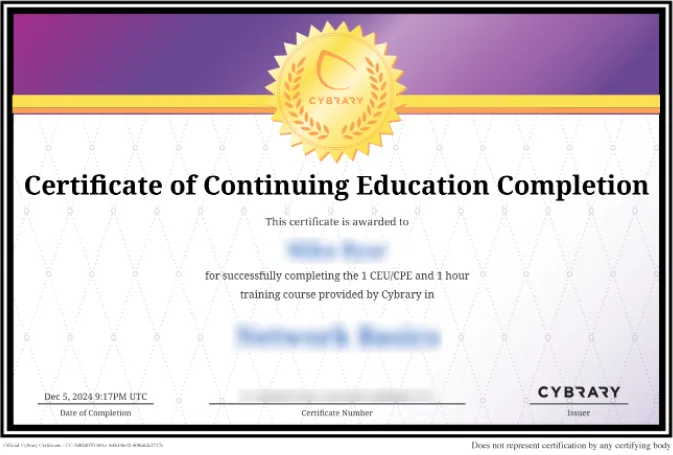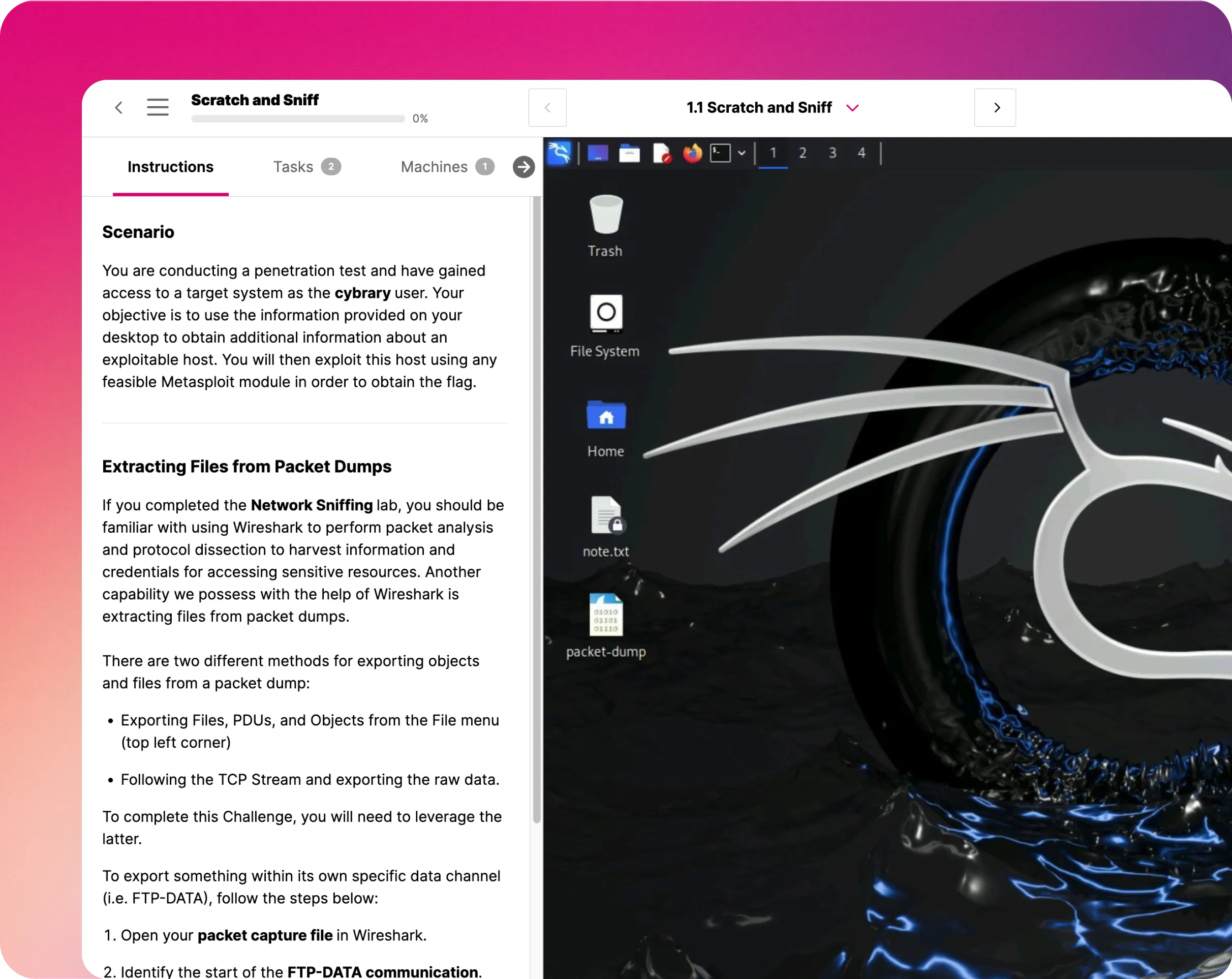Executive RMF

Course Content
While managing risk, the RMF framework can also help an organization to select appropriate security controls, to balance security and functionality for a safe and seamless end-user experience. The framework is made up of six steps, system categorization, selection of controls, implementation, assessment, authorization, and monitoring those controls. But the key to each of these steps is the preparation put into each component, which determines the success of the framework. One of the main problems which can occur when trying to implement a security program, are the issues between the Information Technology (IT) and Security teams. Each team has different objectives but must meet in the middle to accommodate user needs, as well as the needs of the business.
RMF does not have to just be for federal organizations, it can be integrated into any information security program, to ensure effective and efficient security practices. Each step will be described in detail, including mention of supplemental documentation, who will be involved at each stage, and how to integrate eachcomponent into a security program. The RMF steps are meant to help streamline the Authorization to Operation, or ATO, process. When implemented correctly, security processes will be aligned to meet functionality and security with the IT and Security teams.
What is Risk Management? It is defined as the forecasting and evaluation of risks together with the identification of procedures to avoid or minimize their impact. What will I learn? Risk Management best practices, How and why it's essential to identify mission critical systems, and the loss impact of critical systems should failure occur.
The National Institute of Standards and Technology (NIST) established the Risk Management Framework (RMF) as a set of operational and procedural standards or guidelines that a US government agency must follow to ensure the compliance of its data systems.
RMF originally was designed to benefit Department of Defense (DoD) military, civilian, and contractor personnel who are responsible for evaluating information systems under the RMF and certifying to the Government that information systems meet security requirements. Because managing risk is a critical concept for organizations that house sensitive data, entities outside of the public sector have taken notice of the effectiveness of RMF practices.


































